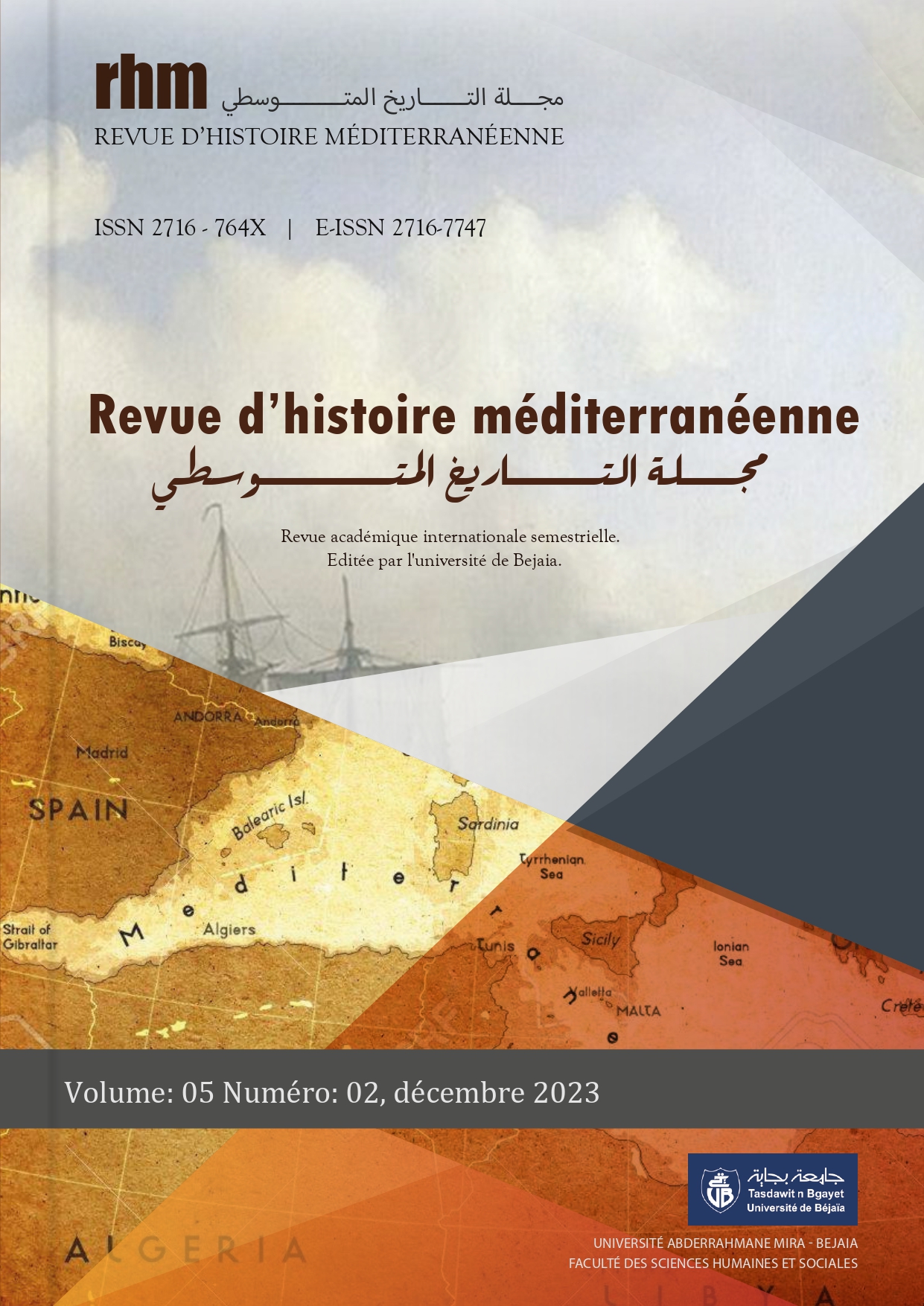Houses of Minting Coins in Algeria During the Ottoman Period: A Historical and Archaeological Study
Abstract
In the Islamic domain, the coinage production was overseen by an institution known as Dar al-Sikka. The Ottoman Empire, known for its decentralized approach, facilitated the establishment of numerous mints across its territories. Initially, in Ottoman Algeria, coin minting was confined to the Zayyanid Mint in Tlemcen. Eventually, the minting operations ceased in Tlemcen and were relocated to Algiers. Following the onset of French colonization, a new mint was established in Constantine during the reign of Ahmed Bey.
This study endeavours to elucidate the role of minting in these pivotal Algerian cities during the Ottoman era, focusing particularly on their architectural setups. Our methodology includes a detailed examination of the minting facilities, a historical analysis of each city that hosted these mints, and a study of the types of coins minted, with reference to samples preserved in national museums. Additionally, we investigate the architectural planning involved in these mints. It was observed that the main minting operations in the Algerian province were strategically linked to the cities’ commercial, administrative, and geographic significance, especially regarding their proximity to precious metal resources, which was notably true for Tlemcen, Algiers, and Constantine.
Keywords : Dar al-Sikka ; Tlemcen ; Algiers ; Constantine ; Architecture.
Downloads
Published
How to Cite
Issue
Section
License

This work is licensed under a Creative Commons Attribution-NonCommercial-NoDerivatives 4.0 International License.





